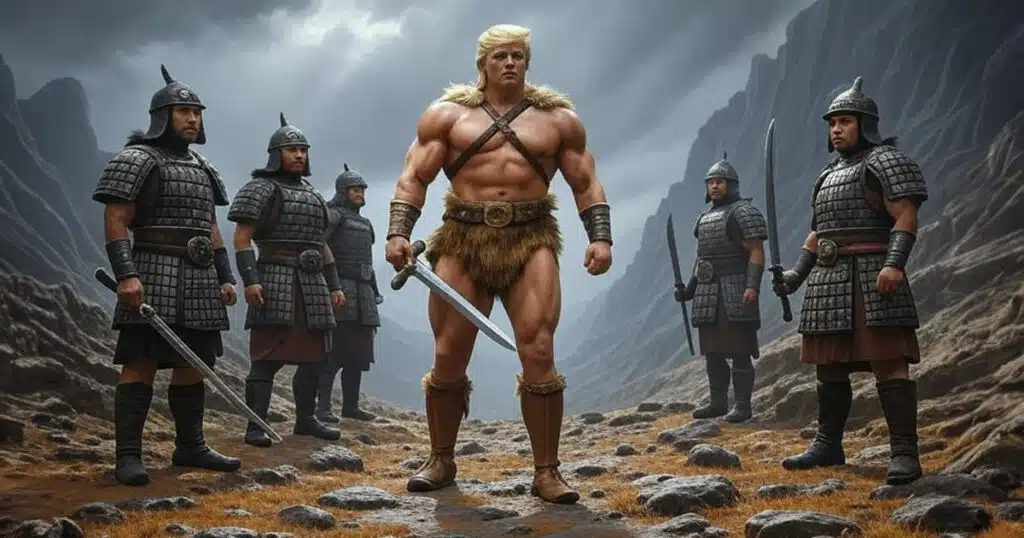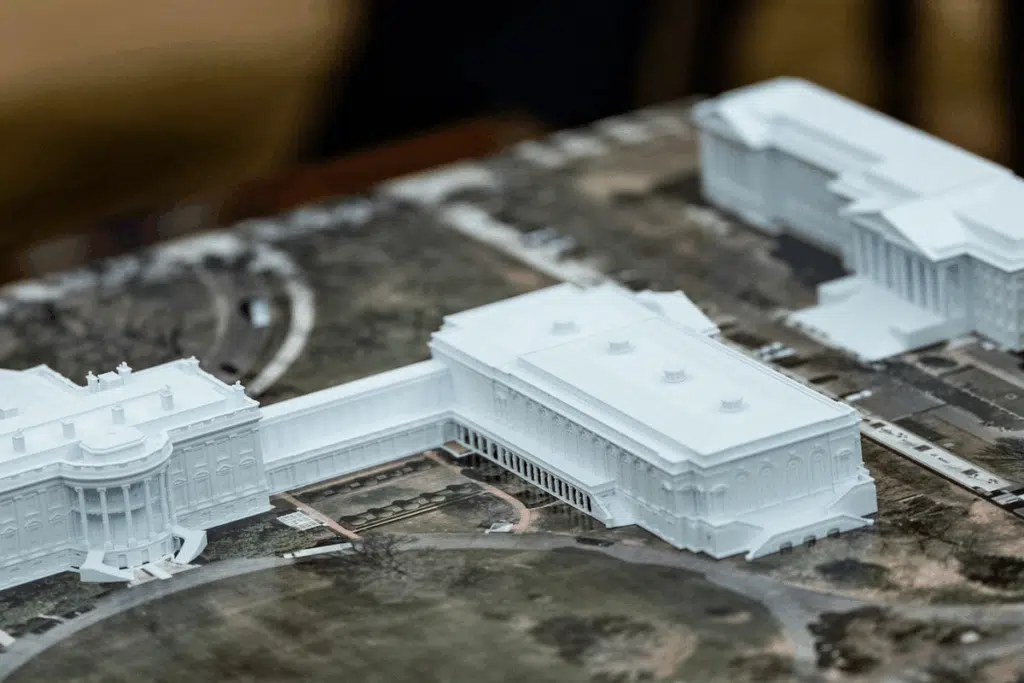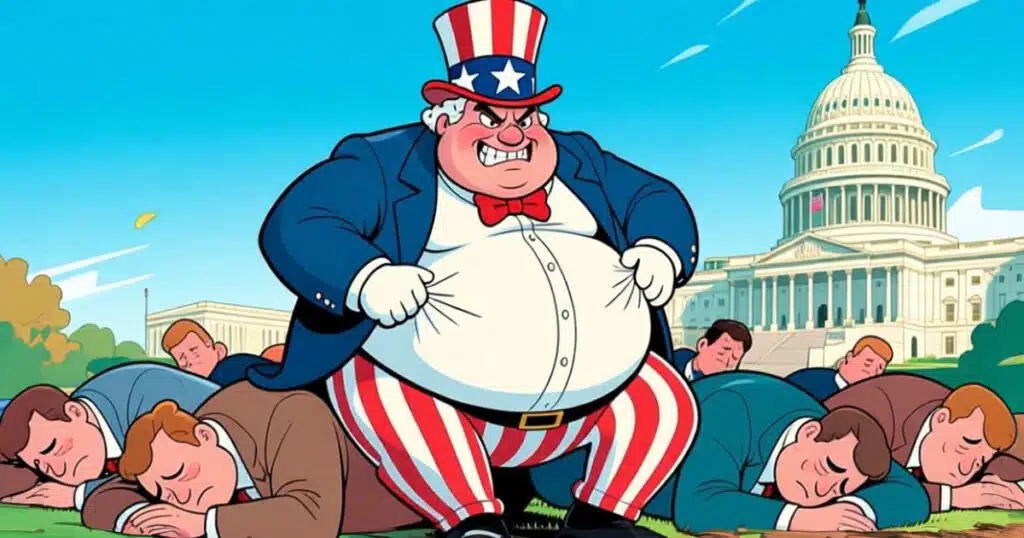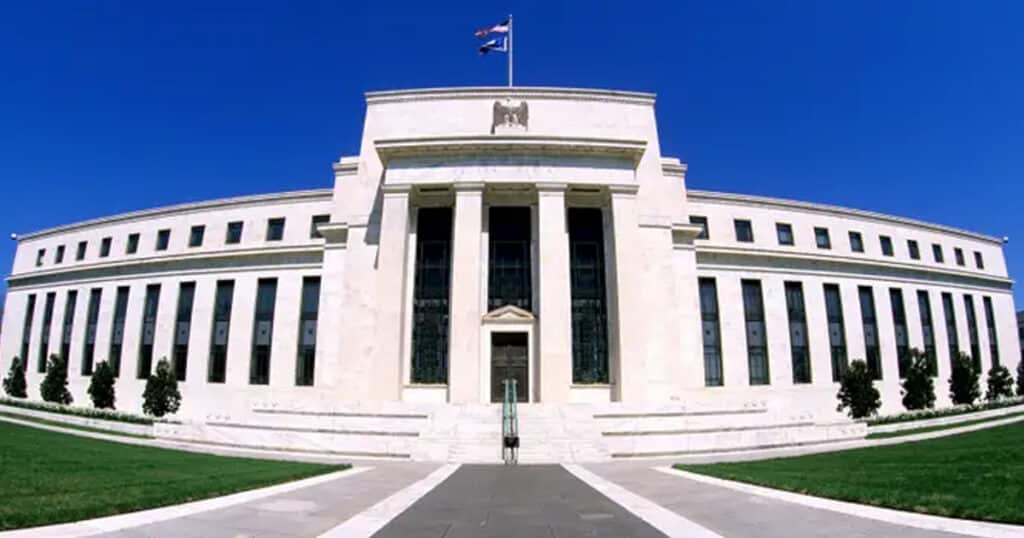
Trump’s Two-Front Economic Fight
Trump’s tariff blitz takes extending 2017’s tax cuts from important to imperative. In addition to the internal threat the economy faces from higher taxes, it now faces an external one from higher tariffs. Confronted with a two-front economic fight, Republicans must win the tax cut battle quickly.
On April 2, Trump announced his long-anticipated tariff campaign. His rationale is that America has been disadvantaged for too long in global trade. Facing these higher foreign tariffs and non-tariff barriers has hurt U.S. exports and jobs at home.
America can either accept this inequality or attempt to rectify it. Trump clearly intends the latter, but to negotiate from a stronger position, he needs more with which to bargain than America’s inequitable situation gives him. Hence, his tariffs, which started at 10% on April 5 and were to be followed on April 9 by “an individualized reciprocal higher tariff on the countries with which the United States has the largest trade deficits.” Those “reciprocal” tariffs were instead paused for 90 days on April 9, but those on China will now be raised to 125%.
It can be debated how tilted the trade field is against America and whether Trump really wants tariffs permanently: How effective are they if he immediately concedes they are only temporary? What cannot be debated is that tariffs inflict near-term pain – as the stock market’s recent declines attest. Uncertainty equals volatility; supply chains must reorient, and that adds costs.
As a result, America faces an external economic headwind in the near term, even as it faces an internal one over the long term from impending higher taxes if 2017’s tax cuts aren’t extended. In control of their own destiny on the impending higher taxes, Trump and Republicans must seize it and successfully resolve it. Quickly.
The Tax Cut and Jobs Act enacted in 2017 cut individual income tax rates across the board and corporate rates from 35% to 21%. However, due to the legislative procedure limitations under which they were passed, the individual rates currently in effect expire in 2026.
Calling the maintaining of today’s individual rates where they are “a cut” is a misnomer. It is also a misnomer to say the 2017 rate cut lowered revenues. Because the rate cuts did not take effect until 2018, the revenue impact did not occur until 2019, when most taxes were paid. According to the Congressional Budget Office, federal revenues increased by 4% in 2019. In 2020, despite COVID-19’s effects, revenues barely fell. In 2021, they surged by 18% and by 21% in 2022. They jumped another 11% last year. Only in 2023, feeling the aftershocks of Biden’s inflation surge (plus lower remittances from the Federal Reserve and the effects of filing delays due to natural disasters), did revenues fall (9%).
There was no “cut” in revenues then, and there won’t be today either – again, it would just be an extension of the current policy, a policy under which, as just shown, federal revenues have been growing.
But what about the high federal deficits? Because these high deficits have been occurring despite consistently higher federal revenues, the culprit isn’t hard to identify: higher federal spending – especially under the Biden administration.
CBO historical data shows that from 2019 to 2020, federal outlays jumped almost 50%, from $4.4 trillion to $6.6 trillion in the wake of the COVID pandemic and the economic shutdowns. Effectively, under the Biden administration, they remained there. Outlays increased slightly in 2021 and dropped by just 8% in 2022 and 2% in 2023, then jumped another 10% in 2024. The lowest federal outlays under Biden were $6.1 trillion in 2023.
Over the four fiscal years’ overlap with the Biden administration, federal spending surpassed 2019’s pre-COVID level by $8.2 trillion and ran deficits of $7.7 trillion. The best way to address these going forward is, once again, to pass legislation continuing today’s tax rates, which also contains sizable spending restraint.
Of course, there can be questions about Trump’s tariff “liberation.”
One regards timing: Why open a second front in your economic fight before having secured victory on your internal flank by renewing the current tax rates? The Senate has only just passed its framework that will lead to the legislation for securing the current lower tax rates, while it is unclear whether House Republicans can pass a budget bill.
Yes, the process has been slow, your congressional majorities are small, and the political lift is large; yet even more reason to have waited to secure this crucial victory before opening another front in your economic fight. Further, with the tax cuts extended, you would have been working from a stronger position on tariffs.
Another question regards targeting: Why take a shotgun approach to tariffs when a rifle shot approach could have been more effective? Going after unsympathetic countries like China, Russia, and Iran could have garnered cooperation. Perhaps the administration’s April 9 90-day tariff pause for all nations except China is a move in this direction. If so, it will still demonstrate seriousness – especially with China – and simultaneously send a clear signal about unfair trade globally.
Regardless of these questions, Trump and Republicans are where they are: facing a two-front economic fight they need to extricate themselves from quickly. The fastest and best way is to ensure today’s tax rates continue and a large, economy-endangering tax hike is avoided. This will remove uncertainty for America and the economy. It will also allow focus exclusively on the tariff front.
Rarely do politics, economics, and strategy so clearly coincide as they do here. And now.
This article was originally published by RealClearPolitics and made available via RealClearWire.



